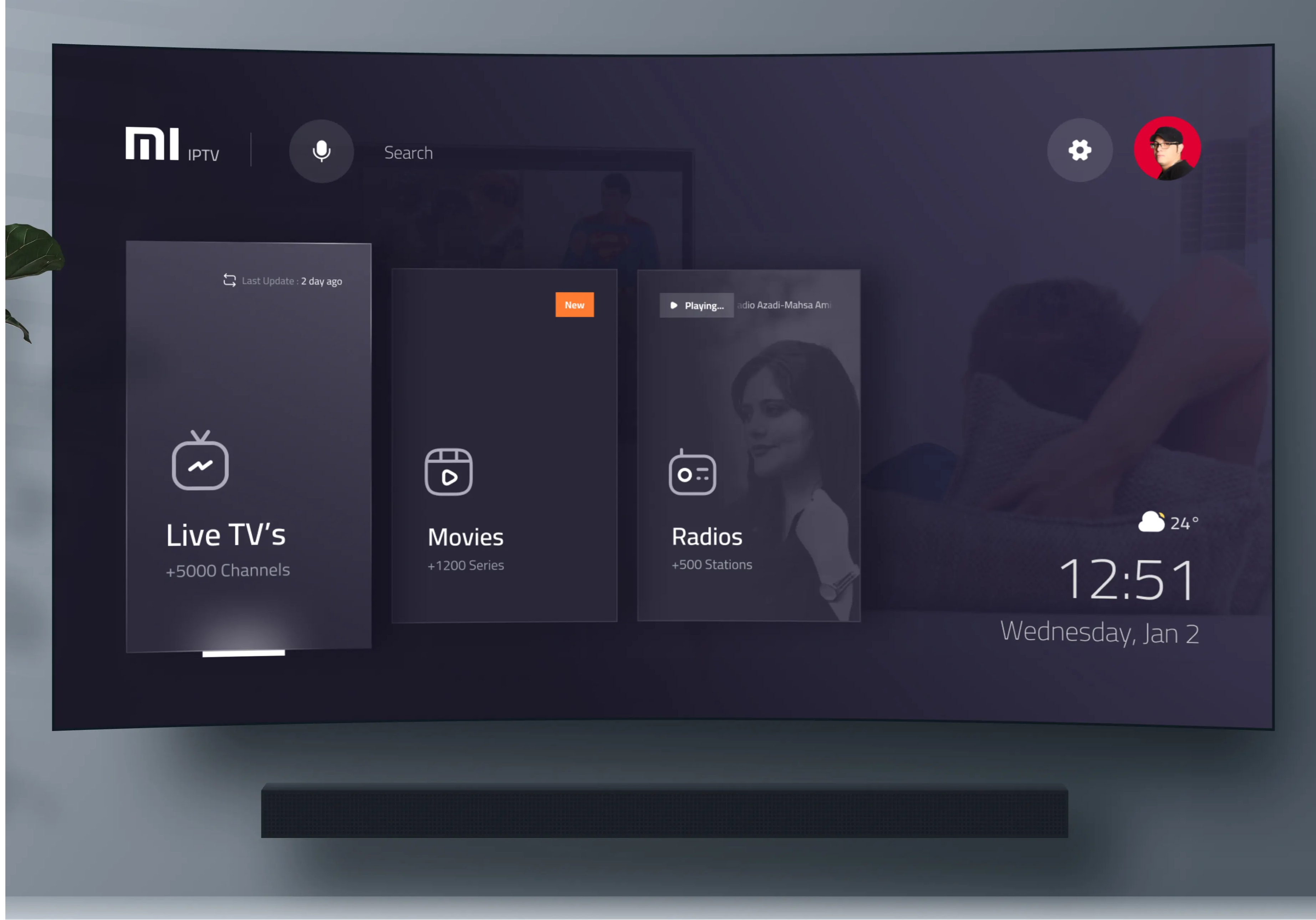
OTT vs IPTV
OTT vs IPTV Introduction
OTT vs IPTV: Over-The-Top (OTT) streaming and Internet Protocol Television (IPTV) are both methods of delivering television content over IP networks, but they have distinct differences. OTT streaming bypasses traditional cable and satellite platforms, delivering content directly over the internet to various devices like smartphones, tablets, and smart TVs. Popular OTT services include Netflix and Hulu, which offer on-demand access to a wide range of content, often through subscription-based models. In contrast, IPTV relies on a managed network infrastructure provided by telecom companies or ISPs, ensuring high-quality and reliable service. IPTV services are often bundled with internet and voice services, offering interactive features like pausing, rewinding, and recording live TV, along with video-on-demand. While OTT offers greater flexibility and device accessibility, IPTV provides a more controlled and reliable viewing experience with added interactivity.
1 Over-the-Top Streaming
Over-the-Top (OTT) streaming refers to the delivery of video content directly over the internet, bypassing traditional cable, satellite, and broadcast television platforms. OTT services are typically provided by third-party companies that own or distribute content over the internet. Here are some key characteristics of OTT streaming:
- Accessibility: OTT services can be accessed on a variety of devices, including smartphones, tablets, smart TVs, gaming consoles, and computers. This flexibility allows users to watch their favorite shows and movies anytime, anywhere.
- Subscription Models: OTT platforms often operate on subscription-based models, offering users a wide range of content for a monthly or annual fee. Popular OTT services include Netflix, Amazon Prime Video, Hulu, and Disney+.
- Content Variety: OTT platforms provide a vast array of content, including movies, TV shows, original series, documentaries, and live events. They often invest in producing exclusive and original content to attract and retain subscribers.
- User Experience: OTT services offer user-friendly interfaces, personalized recommendations, and the ability to create multiple user profiles. Users can also enjoy features like offline downloads and ad-free viewing (depending on the subscription plan).
- Quality: OTT platforms utilize advanced streaming technologies to deliver high-quality video content, including HD, 4K, and even HDR (High Dynamic Range) streams. They use adaptive bitrate streaming to ensure smooth playback based on the viewer’s internet connection.
2 Internet Protocol Television
Internet Protocol Television (IPTV) refers to the delivery of television content over IP networks, such as the Internet or private IP-based networks. IPTV is typically provided by telecom companies, internet service providers (ISPs), and other organizations. Here are some key characteristics of IPTV:
- Infrastructure: IPTV relies on a dedicated, managed network infrastructure provided by the service provider. This ensures a high level of quality and reliability, with minimal buffering and latency.
- Service Bundling: IPTV services are often bundled with other offerings, such as internet access and voice services (VoIP). Providers offer various packages that include live TV channels, video-on-demand (VOD), and interactive services.
- Interactivity: IPTV offers a range of interactive features, such as pausing, rewinding, and recording live TV, as well as access to on-demand content. Some IPTV services also include interactive applications, like weather updates, news, and social media integration.
- Quality: Due to the managed network infrastructure, IPTV can deliver high-quality video content, including SD, HD, and 4K streams. The service provider controls the quality of service (QoS) to ensure a consistent viewing experience.
- Billing Models: IPTV services typically operate on subscription-based models, with users paying a monthly fee for access to a variety of channels and content. Some providers also offer pay-per-view options for specific events or programs.
Conclusion
While both OTT and IPTV deliver television content over IP networks, they have distinct differences in terms of infrastructure, service models, and user experiences. OTT streaming provides greater flexibility and accessibility, allowing users to watch content on a wide range of devices. It also offers a vast array of content and personalized user experiences. On the other hand, IPTV relies on managed network infrastructure, ensuring high-quality and reliable service. It often comes bundled with other services and offers a range of interactive features.
As technology continues to evolve, both OTT and IPTV will likely adapt to meet changing consumer preferences and demands. Whether you prefer the flexibility of OTT or the reliability of IPTV, there’s no shortage of options for enjoying your favorite television content.

Push musical boundaries with Sprunki Mod – creativity redefined.
[…] multi-platform compatibility ensures that you can enjoy IPTV on nearly any device of your choice, giving you the flexibility to watch your favorite content […]
[…] IPTV Smarters Subscription allows you to access a wide array of content, which far exceeds what traditional cable TV can provide. Cable TV services are usually limited to a fixed set of channels, and you often need to upgrade to more expensive packages to gain access to specific genres, like sports or premium movie channels. IPTV Smarters, however, provides access to thousands of live TV channels from around the world, including international channels that traditional cable services may not carry. […]
Really interesting read! The variety of games available now is amazing – from classic slots to those immersive fishing games. Thinking of checking out jljl77 2025 slot download – quick registration sounds good, especially with GCash options!